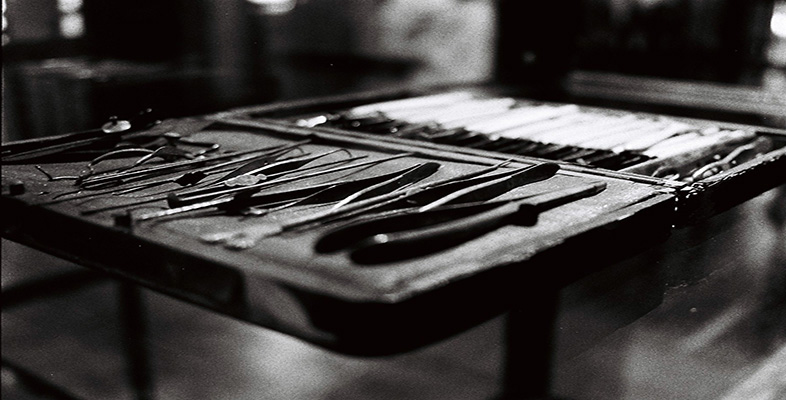7 Conclusion: the medicalisation of society?
7.1 A review
All the evidence you have looked at so far suggests that historians are right to see a ‘medicalisation’ of society in the sense that when ill, people were more likely to consult a qualified medical practitioner in 1930 than they had been in 1880. The extension of medical services – combined with the increase in chronic complaints – meant that working-class patients in particular had much greater contact with general practitioners, health visitors and nurses. However, it is also clear that there were continuing variations in the level of health-care provision. Not all social groups enjoyed the same access to medical services. Working men were the chief beneficiaries of insurance schemes, infants and children had their own clinics, but women remained poorly served. Poorer sections of society did not enjoy the same quality of services as the wealthier classes.
Did the greater availability of treatment bring greater power to medical practitioners? Did patients become powerless consumers of medical advice?
Activity 4
Before reading the rest of this conclusion, pause and review the material given in this course, and try to identify any evidence of doctors' power over their patients. Is there any evidence of patients exerting control when dealing with illness?
Answer
The material presented here suggests that patients did regard medical practitioners as authorities and respect their advice and instructions. People were eager to consult practitioners and were prepared to wait for a consultation and advice. Despite the complications of her case, Bella Aronovitch did not question the competence of her doctors. However, patients were by no means passive or dependent on doctors. They took responsibility for their own health and illness, dealing with bouts of minor illness within the home and buying tonics and pills in the face of doctors' disapproval. Even when seeking medical help, patients exercised considerable choice over where to obtain help; if their finances permitted, they could call on several doctors, or choose to go to unorthodox practitioners. They forced doctors to fulfil their demands for medicines – even if the medicines themselves were of limited therapeutic value. Patients were not in thrall to the medical profession – while recognising and respecting the specialist knowledge of practitioners, they maintained forms of control over their health and their use of medical services.
